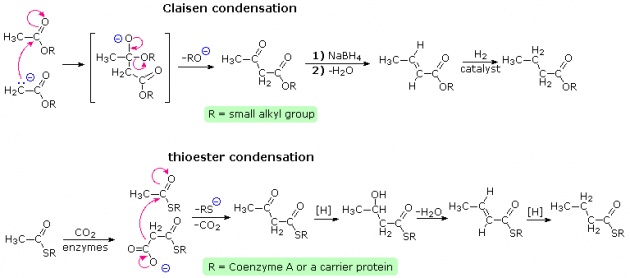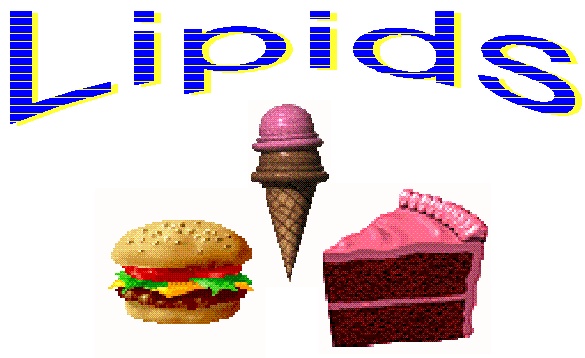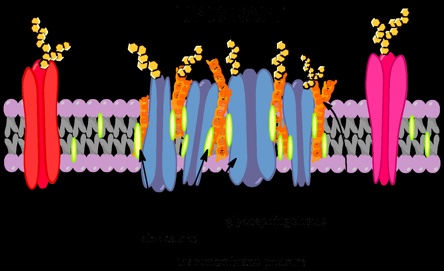Functions Of Lipids::=-
They are good source of energy, as they provide 9 kilocalories =approximately 38 kilo joule per gram fat utilized in the body. Lipids in food also act as carriers of fat soluble vitamins and nutritionally essential fatty acids. These two fatty acids are needed by the body, but they cannot be synthesized in the body. Lipid also makes the food more palatable and serves to decrease its mass.

The dietary lipids decrease gastric motility and secretion and have a high satiety value.
Body fats provides contour to the body and also gives anatomical stability to the organs like kidney. When a person loses weight rapidly, his kidneys are liable to become floating kidney.
Fats are good energy reservoirs in the body. Adipose tissues are best suited for this purpose due to its very little water content and high energy content.
Lipids act as electric insulator in the nervous tissues allowing rapid propagation of action potentials, i.e. depolarization wave or nerve impulses along myelinated nerve fiber.

Lipids are integral part of cell protoplasm and cell membrane. Glycolipids occur particularly in the outer face of the plasma membrane and contribute to the carbohydrate of the cell surface. They have an important role in cell adhesion and cell recognition.
Some lipids act as precursors of very important physiological compounds. For example, cholesterol is the precursor of steroid hormones.
Presence of lipids like cholesterol and other in the skin make it highly resistant to the absorption of water soluble substances and also to the action of many chemical agent. Also these lipids help to prevent water evaporation from the skin; without this protection, the amount of the daily insensible perspiration would probably be 15 to 20 liter instead of the usual 300 to 400 ml.

The sphingosine-containing lipids have a role in the transmission of the nerve impulses across synapses as they form part of the postsynaptic membrane receptor. These lipids are alsp concerned with blood group specificity as well as organ and tissue specificity.
Eicosanoids which include prostanoids leukotrienes and lipoxins posses very important physiological and pharmacological action in the body and very important physiological compounds.
In certain cases derivatives of lipids act as intracellular messengers after they are released. For example, the plasma membrane contains phosphatidylinositol-4, 5-bisphosphate. This compound is acted upon by phospholipase c which is a harmone –sensitive enzyme and is activated when certain harmones, e.g. vasopressin blind to their receptor molecules in target cell.




